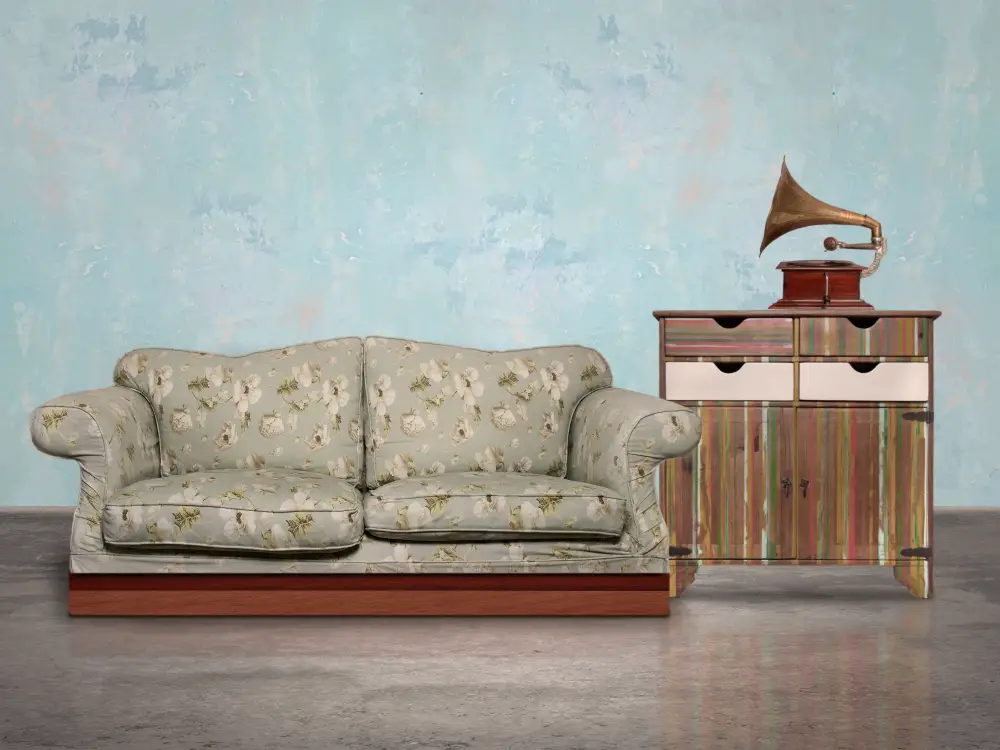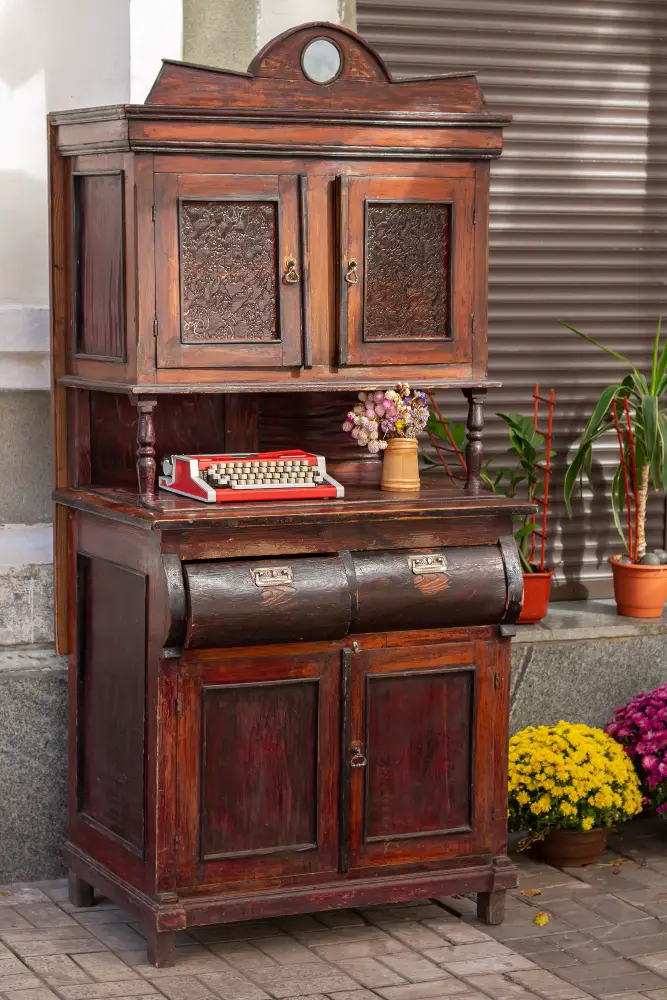The issue of getting rid of old home furniture is a common concern for many homeowners. Whether it’s due to a relocation, a home renovation, or simply the desire to upgrade furniture, the question of how to responsibly dispose of old items often arises.
In today’s environmentally conscious world, the traditional approach of dumping old furniture in landfills is no longer acceptable. The environmental impact of such practices has led to an increased focus on sustainable and eco-friendly disposal methods.
In this blog, we’ll explore effective strategies for responsibly getting rid of old home furniture. From assessing the condition of the furniture to exploring donation, upcycling, selling, and recycling options, we’ll provide practical guidance for homeowners looking to part ways with their old furniture in a sustainable manner.
Assessing the Condition of Furniture

Before embarking on the journey of disposing of old furniture, it’s important to assess the condition of each item. Some pieces may be damaged beyond repair and unsuitable for reuse, while others may still have life left in them. Identifying the condition of the furniture will help determine the most appropriate disposal method.
For furniture that is still in usable condition, consider whether it can be refurbished or repurposed. Sometimes a fresh coat of paint, new upholstery, or minor repairs can breathe new life into old furniture, extending its usability and aesthetic appeal.
Additionally, creative DIY enthusiasts may find joy in transforming old furniture into entirely new and functional pieces through upcycling.
By evaluating the condition of old furniture, homeowners can make informed decisions about the most suitable disposal strategies, thereby minimizing waste and contributing to sustainability efforts.
Donation and Upcycling Options
The practice of responsible donation and upcycling offers homeowners versatile options for managing old furniture. By exploring donation avenues, such as local charities, thrift stores, and community centers, individuals can contribute to the circular economy while supporting those in need.
Furthermore, the concept of upcycling presents an engaging way to repurpose old furniture into unique, customized pieces, aligning with sustainable initiatives within communities in Sydney and other parts of the world.
The availability of workshops and classes focused on upcycling provides an opportunity for residents to learn creative techniques for transforming furniture, contributing to a culture of environmental consciousness and resourcefulness in the realm of furniture removal.
When it comes to furniture removal in Sydney and other Australian cities, the emphasis on donation and upcycling aligns with the city’s commitment to sustainable waste management practices.
With an array of Sydney furniture removal organizations and reuse centers in the nearby area actively involved in upcycling, residents have access to resources that promote the repurposing of furniture materials, fostering a culture of environmental stewardship and creativity.
Additionally, the presence of in-person clothing donation partners highlights the local impact of upcycling initiatives, showcasing how donations can directly benefit the community and reduce the environmental footprint of furniture disposal in Sydney.
Selling Old Furniture

Selling presents a viable option for homeowners looking to part ways with their old furniture while potentially earning some extra income. With the rise of online marketplaces and the popularity of second-hand shopping, there are various platforms where individuals can sell their used furniture.
Platforms such as Facebook Marketplace, Craigslist, and dedicated buy-and-sell websites provide convenient channels for listing and selling old furniture items. When creating listings, it’s crucial to include clear and detailed descriptions of the furniture and high-quality images that effectively showcase the items.
Providing accurate measurements and highlighting any unique features or selling points can increase the appeal of the furniture to potential buyers.
In addition to online platforms, hosting a yard sale or participating in local flea markets can be effective ways to sell old furniture. These options not only allow homeowners to connect directly with potential buyers but also offer the opportunity to negotiate prices and facilitate immediate transactions.
When considering selling old furniture, it’s important to set reasonable prices based on the condition, quality, and market value of the items. Conducting research on comparable listings and understanding the current demand for specific types of furniture can help homeowners determine competitive yet fair pricing.
By exploring the option of selling old furniture, homeowners can not only declutter their living spaces but also potentially earn money that can be put toward new furniture or other home improvement projects.
Recycling Strategies
When old furniture reaches the end of its usable life or is no longer suitable for donation or sale, recycling provides a sustainable approach to disposal. Recycling furniture materials such as wood, metal, and upholstery fabrics can help minimize waste and contribute to environmental conservation efforts.
Many communities offer recycling programs that accept various types of furniture materials. Wood from old furniture can often be repurposed into mulch, compost, or biofuel, while metal components can be recycled to create new products. Additionally, textiles and upholstery can be repurposed or recycled into new fabrics or insulation materials.
Before disposing of furniture through recycling programs, it’s important to prepare the items accordingly. This may involve disassembling furniture to separate different materials, such as wood, metal, and fabric, to facilitate the recycling process.
By choosing recycling as a disposal method for old furniture, homeowners can actively support sustainable waste management practices and contribute to the conservation of natural resources.
The Takeaway
Responsibly getting rid of old home furniture involves considering a range of disposal options, from donation and upcycling to selling and recycling. By evaluating the condition of furniture and exploring these strategies, homeowners can make environmentally conscious decisions that align with sustainability goals while creating opportunities for others to benefit from their old furnishings.
Recap




